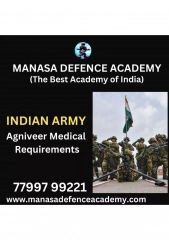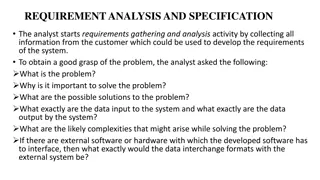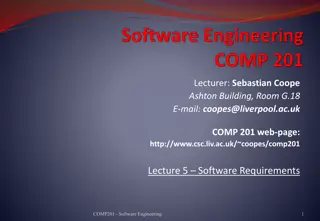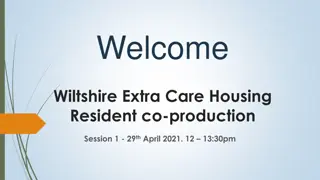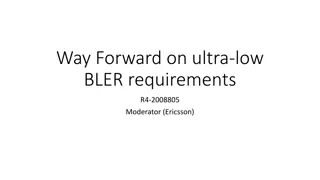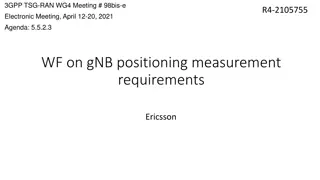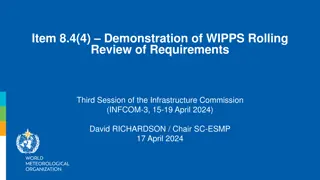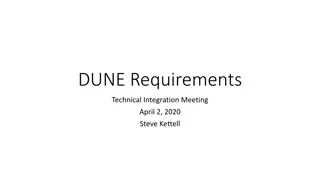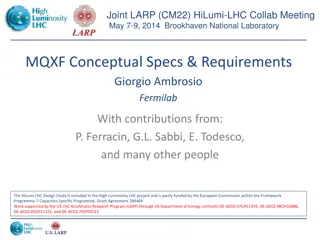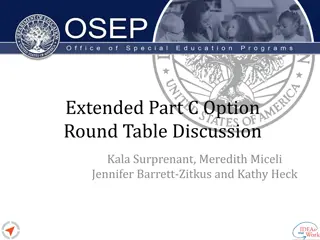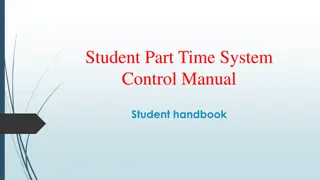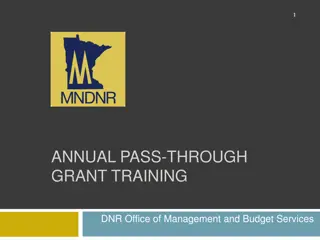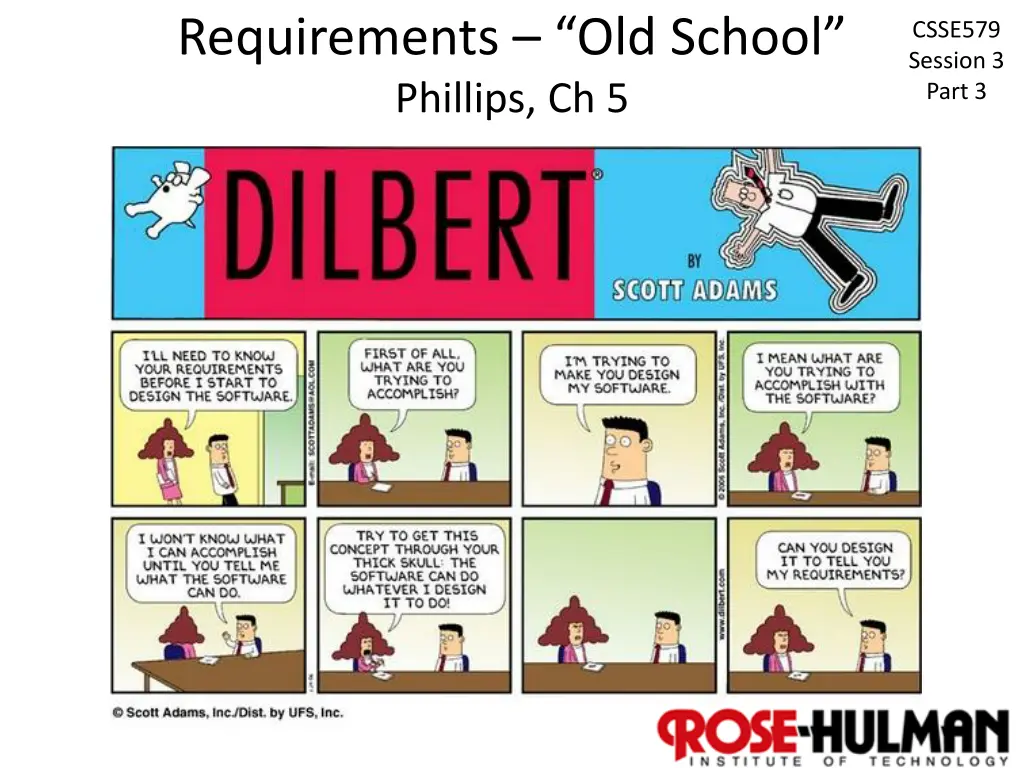
Exploring Techniques and Key Points in Requirements Management
Dive into the realm of requirements management with insights on elicitation, stakeholder communication, and decision-making. Discover essential techniques like Facilitated Meetings and System Storyboarding to enhance your project requirements. Explore key points such as managing expectations, baselining requirements, and configuration management reflected in Phillips' approach.
Download Presentation

Please find below an Image/Link to download the presentation.
The content on the website is provided AS IS for your information and personal use only. It may not be sold, licensed, or shared on other websites without obtaining consent from the author. If you encounter any issues during the download, it is possible that the publisher has removed the file from their server.
You are allowed to download the files provided on this website for personal or commercial use, subject to the condition that they are used lawfully. All files are the property of their respective owners.
The content on the website is provided AS IS for your information and personal use only. It may not be sold, licensed, or shared on other websites without obtaining consent from the author.
E N D
Presentation Transcript
Requirements Old School Phillips, Ch 5 CSSE579 Session 3 Part 3 1
Requirements youll read in SPMH Should be interesting to read! Focus on what you think will be useful to you. Lots and lots of possible tricks to use It s like a reference for experts We teach whole courses on requirements! There s an art to elicitation, for example. And writing them in a form that both stakeholders and developers understand. And to managing requirements once you get them. 2
Step 1: Theres No Customer In traditional IT-style software development, a Business Analyst type person writes the requirements. See http://thebusyba.com/the-ba-role-is-not-to- gather-requirements/ Customer(s)/ Business Analyst Developers Product Mgr 3
What points could be useful to you? Like, picturing all the tricks Phillips describes, in your organization? What they would mean there? Whether you have an equivalent method, or not? And which ones to try? We ll wait till next week, to ask questions about requirements in the project / presentation. 4
A few points I suggest are key Tense situations When customers are frustrated When the problem is bad management Managing expectations Requirements Management: How to keep track of the decisions & make new ones? How to get to baselined requirements ? Phillips configuration management of these 5
Lets talk techniques Facilitated Meetings (JAD) have a big meeting with all the stakeholders, start with a draft, have a bunch of extra people help document it, then turn that into a big requirements doc a few days later System Storyboarding Technique write random ideas on sticky notes and stick them on the wall 6
New, or old things? ConOps How they do this Could be a video that shows detailed operation of the concept of the product Mind Maps crazy sketch of the various pieces of the product Gilb Charts turns qualitative requirements into quantitative ones All sorts of software diagrams See Phillips pp 270-1 for a good example! 7
Elements of a good document What is it s function? What is the management view? Who are the readers? What conventions must it follow Avoid creating a document to satisfy a checklist. If a document is not necessary, don t create one. If it is necessary, it requires diligence from its creators and reviews. 8
Characteristics of a good requirements document Written by the developers or written by the customers? What if requirements Detailed in the right places, vague in the right places Verifiable Understandable by the customer Traceable Signed by the stakeholders 9
Management sidelight - Requirements The old school role was to bridge the gap between customer needs and development activity. Getting developers to do the right stuff . Often, the business analyst was in a separate organization. Their role was either: Perfunctory doing a translation to system terms, or Hugely impacting writing a whole spec that included requirements and architecture, which was taken as scripture by the developers. Like a spec written to be developed by a third party, say. 10

